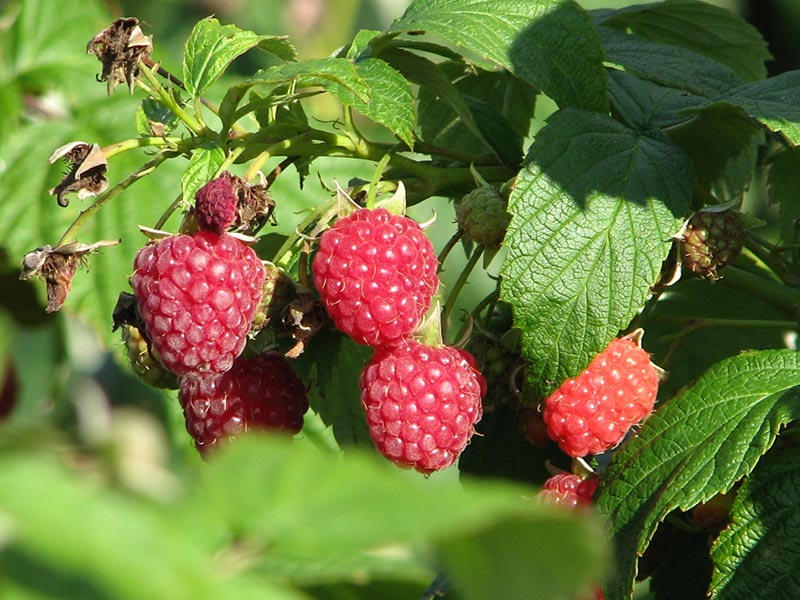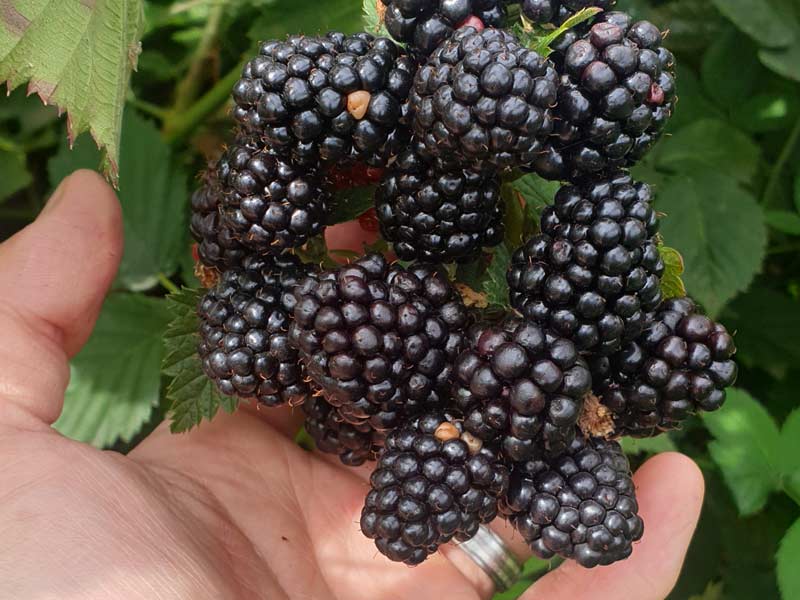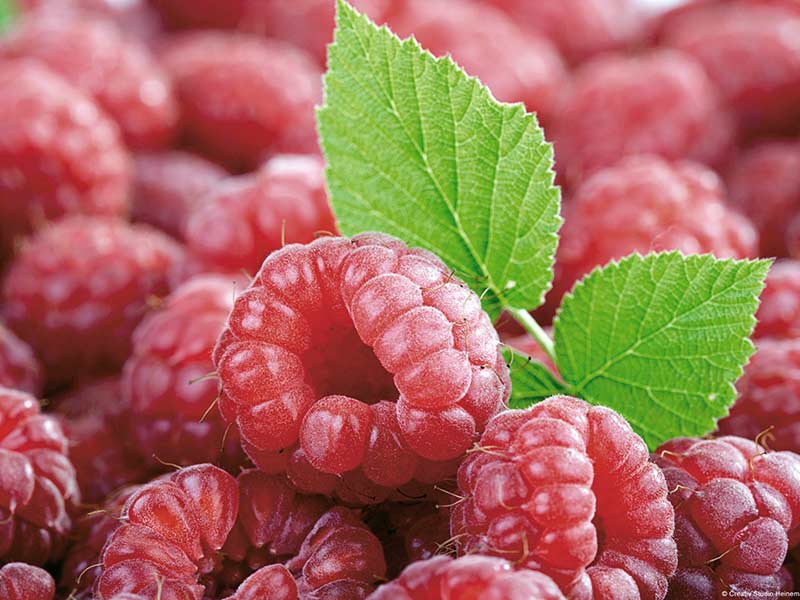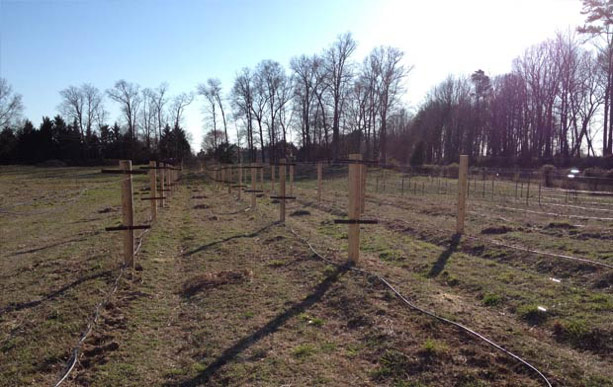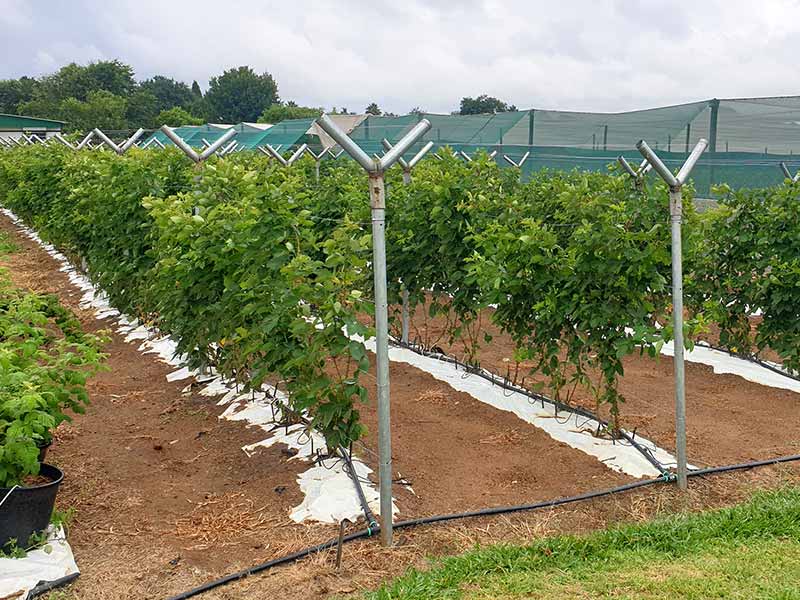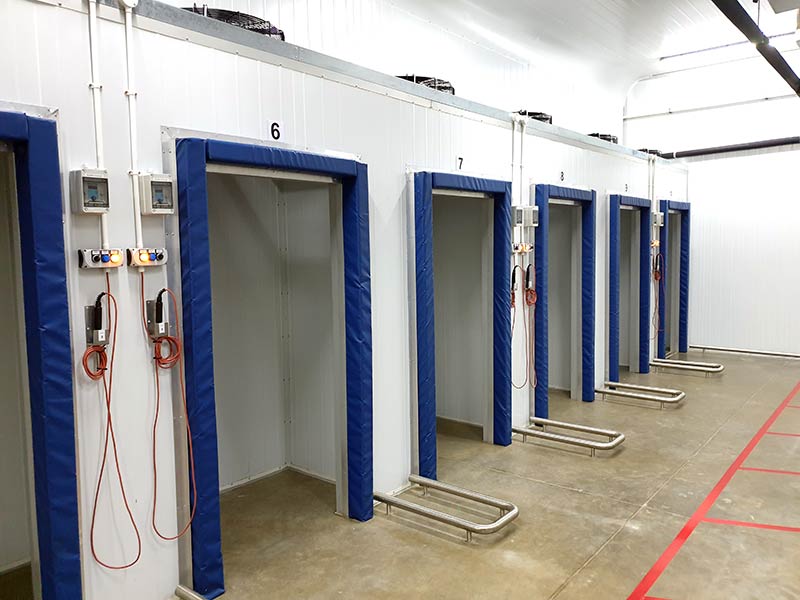Bramble growing in South Africa:
As with popular blueberries and gooseberries, brambles such as blackberries and raspberries are other South African favourite berries. They can be used either as fresh fruit or for processing to be used in deserts, juices, yoghurts, drinks and jams. Brambles such as raspberries, blackberries and tayberries develop their best flavours when allowed to ripen before picking. However, once ripe the berries become soft, bruise easily and start to lose their firmness and flavour. This creates a market advantage for local growers which can provide local customers with high-quality fresh fruit.
Due to the global (and local) demand for fresh, nutrient-loaded and healthy food, blackberries and raspberries are becoming a very good alternative option. We see a healthy increase in the demand for these fruit in South Africa and also work closely with groups such as the South African Berry Producers Association (SABPA) to make sure that we correctly advise potentially new berry producers to make sure that the demands are met and we do not plant too many hectares for the currant and estimate future demand.


 Brambles in general, refer to Blackberries or Raspberries which have edible fruit produced by many species in the Rubus genus within the
Brambles in general, refer to Blackberries or Raspberries which have edible fruit produced by many species in the Rubus genus within the 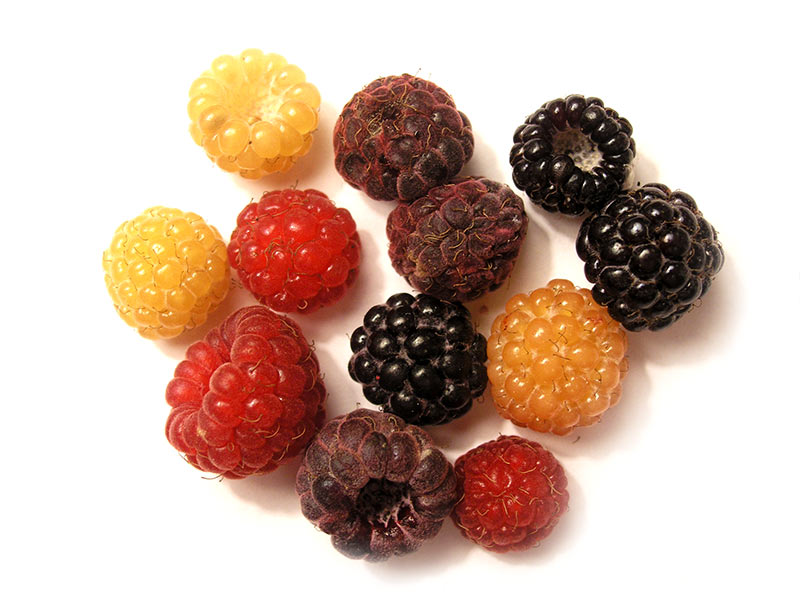
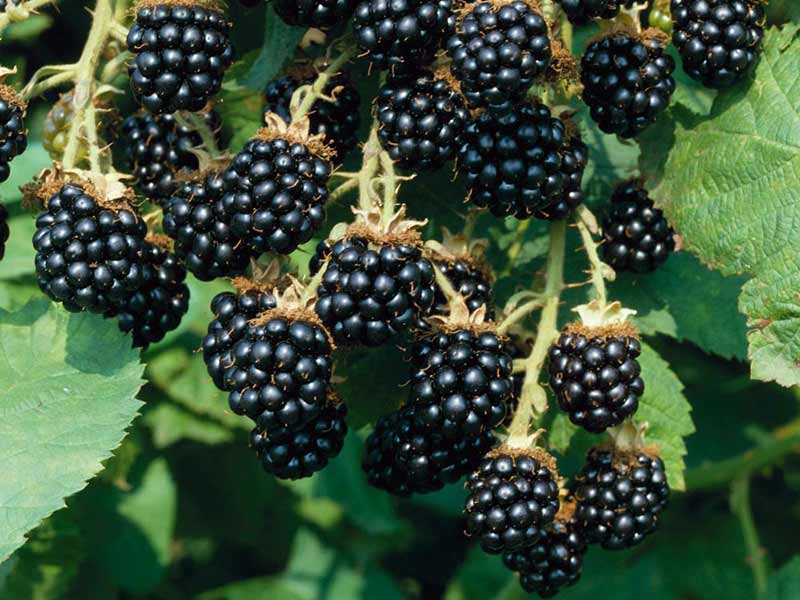
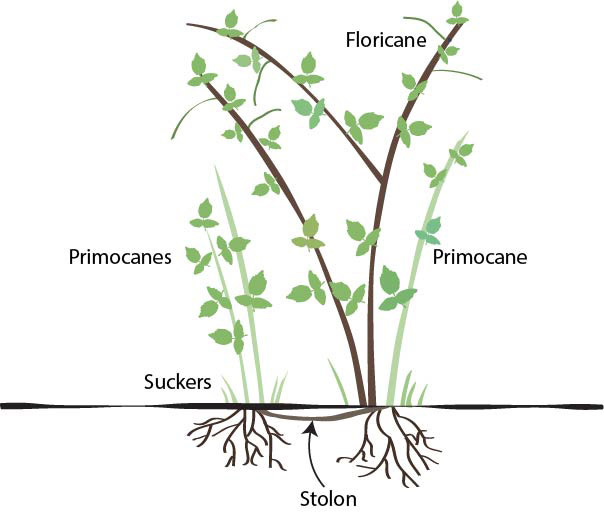 Fall-bearing raspberry plants will produce fruit during their first year on the primo-canes. During winter the tops of the fall-bearing primo-canes will die. New flower buds will grow on the still living floricanes from below the dead tops. Even though it is an advantage to have two crops to have a longer fruiting window, the total yield of the fall-bearing and summer-bearing plants are about the same.
Fall-bearing raspberry plants will produce fruit during their first year on the primo-canes. During winter the tops of the fall-bearing primo-canes will die. New flower buds will grow on the still living floricanes from below the dead tops. Even though it is an advantage to have two crops to have a longer fruiting window, the total yield of the fall-bearing and summer-bearing plants are about the same.